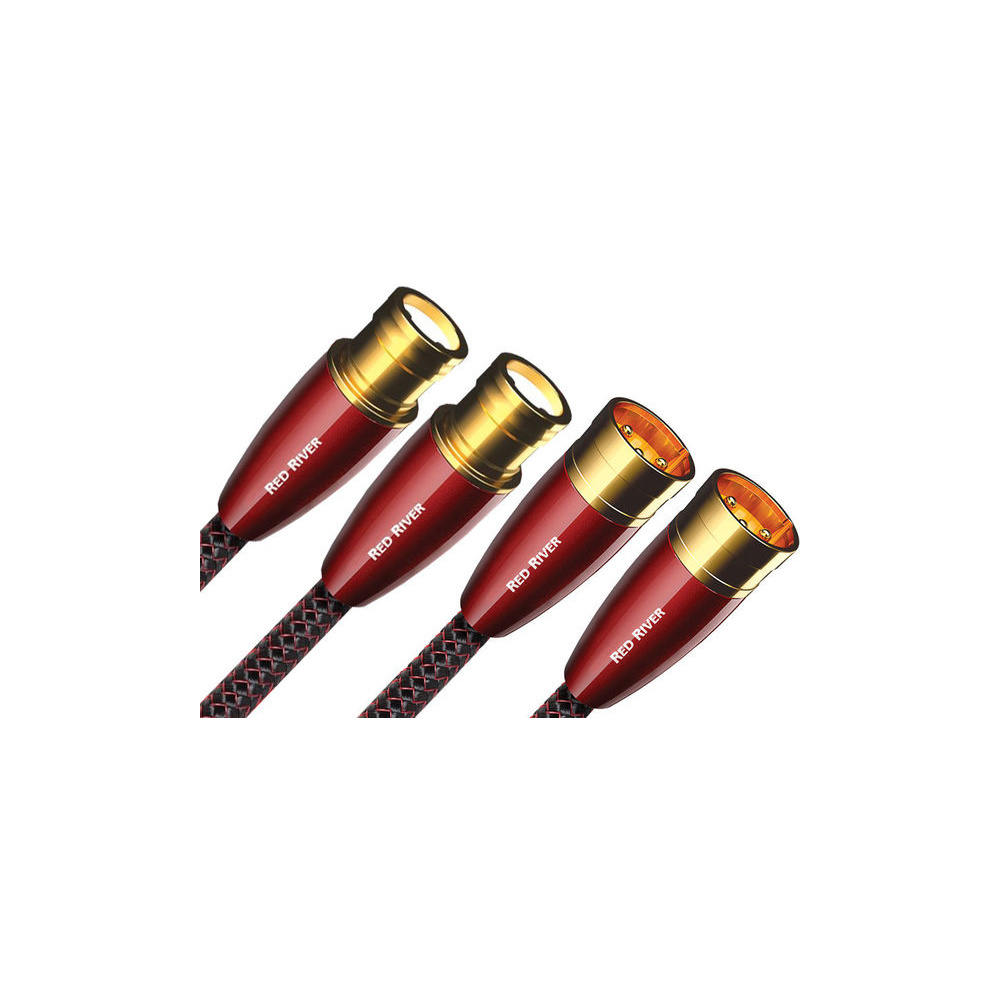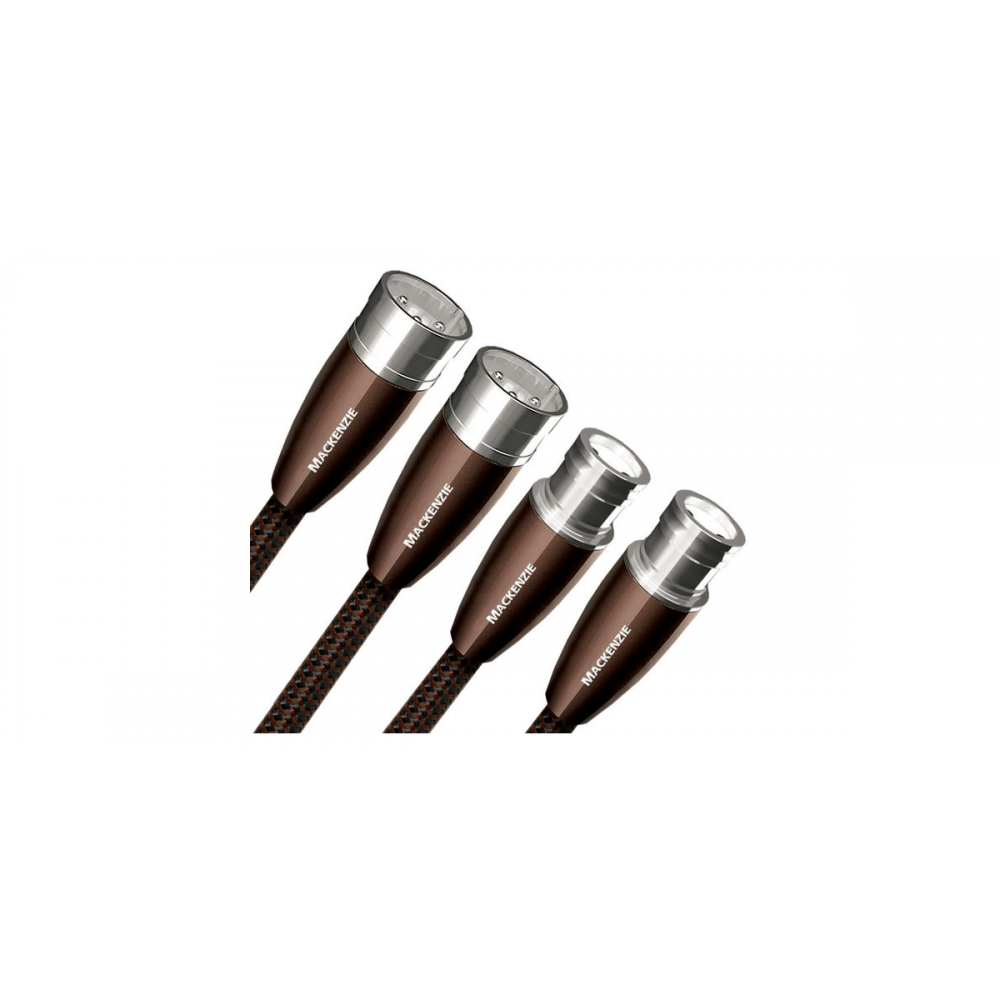Audioquest Red River XLR
The Audioquest Red River XLR cable is the American manufacturer's entry-level balanced audio link cable.
The cable Audioquest Red River XLR adopts LGC (Long Grain Copper) copper conductors whose particularity is to offer very low distortion, less than conventional oxygen-free copper. This LGC copper incorporates few oxides and impurities and its structure is more regular.
The insulation of the Audioquest Red River XLR cable is ensured by a polyethylene foam in which microbubbles of nitrogen have been injected. This relatively rigid foam is used because it maintains the layout of the conductors over the entire length of the cable, which guarantees perfect stability of its impedance. In addition, the proprietary NDS technology uses several layers of metal to effectively prevent RF disturbances from polluting the ground plane of the connected device.
The symmetrical geometry of the Audioquest Red River cable XLR allows the ground to be separated from the audio signal, ensuring very low impedance in the positive and negative signal path, the shield not being used as a lesser quality conductor. Finally, the gold-plated connectors are cold crimped, which makes it possible to favor a low impedance metal rather than an easily "machinable" metal.
Features
XLR cable
Long Grain Copper (LGC)
Dielectric: nitrogen-blown polyethylene foam
RFI filtering: proprietary NDS (Noise-Dissipation System) technology
Symmetrical structure
Gold plated connectors, cold crimped






